Calgary Fire Safety: Mastering Escape, Stopping the #1 Threat, and Utilizing Calgary Fire Department (CFD) Resources
It's Fire Prevention Week, and there's no better time to talk about something that affects every single household in our city.
Let’s have a serious talk about fire safety. It might not make headlines every day, but this is one of the most critical conversations you'll ever have when it comes to protecting your family and your home. When a fire starts, you may have as little as two minutes to escape. That’s it. No time to think, only time to act.
The Calgary Fire Department (CFD) is stepping up big time during Fire Prevention Week, and I want to help spread the word. Whether you’re a homeowner, renter, landlord, or investor, this guide breaks down everything you need to know about escaping safely, avoiding the biggest hazards, and using the resources available to you through CFD.
Jump to a section in this blog about Calgary Fire Safety: 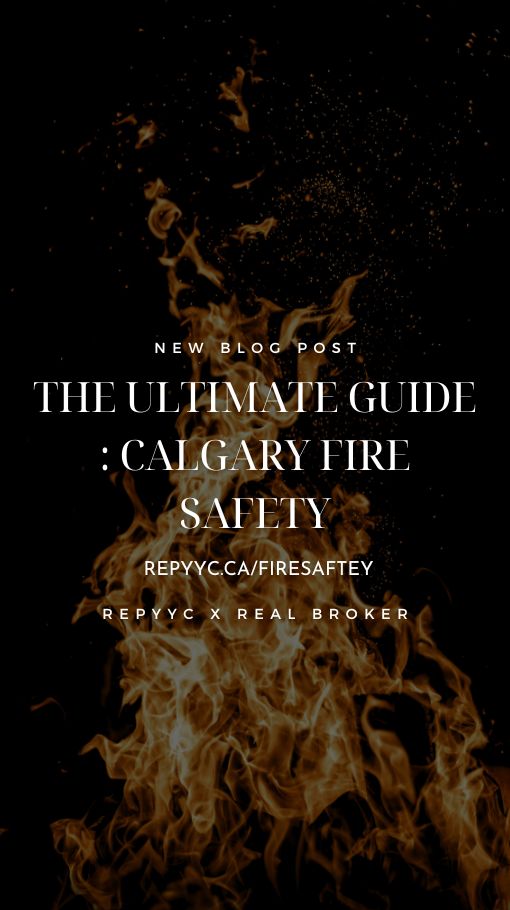
- Home Escape Planning
- Alerting Equipment and Maintenance
- Cooking Safety: The #1 Cause
- Lithium-Ion Battery Safety
- Wood-Burning Fireplace Safety Tips
- Safe Burning Practices
- Wood Stove Maintenance
- Gas Fireplaces
- Programs for Vulnerable Calgarians
- Safety in High-Rises and Secondary Suites
- Outdoor and Electrical Fire Hazards
- Using a Fire Extinguisher (The P.A.S.S. Technique)
- Calgary Fire Department Resources
- Fire Hydrants: What You Need to Know
- Calgary Fire Incidents: Understanding Our City’s Risk
- Staying Vigilant, Staying Safe
Escape and Alert Systems
Home Escape Planning
The absolute primary element of any fire response plan is safe escape. The focus is always on getting out fast, and never going back inside for any reason.
Your Plan: You and your family need to develop and practice a Home Escape Plan together — not just talk about it. When a fire starts, panic sets in fast, and there’s no time to think through your next move. Practicing your plan regularly ensures everyone knows exactly what to do, even under stress. Seconds will count in this situation.
Walk through your home and identify at least two ways out of every room — usually a door and a window. Make sure those exits open easily and aren’t blocked by furniture or clutter. If you live in a multi-storey home, think through how you’d get out from upper floors. Keep hallways and stairways clear, and if a window is part of your escape route, confirm that it can open fully and safely and consider purchasing escape ladders.
Once you’ve mapped out your routes, practice them with the whole family, including kids and older adults. Time your drills, switch up scenarios, and make it as real as possible — that way, if a fire ever does happen, you’ll react automatically and get out fast.
The Meeting Spot: Pick a safe, easy-to-remember outdoor place where everyone must gather. This ensures that once people escape the home, they’re accounted for quickly. It prevents anyone from rushing back inside to “rescue” someone who may already be safe, which is one of the most dangerous and often fatal mistakes in a house fire. I cannot imagine losing someone who ran back into save another when that person they were trying to save was already safe outside of the home. Practice this, it matters.
Multi-Story Homes: If any escape route involves a second or third-story window, home escape ladders are critical. These ladders provide a safe and quick means of exiting when stairways are blocked by smoke or fire. Without one, escaping from an upper floor can be extremely dangerous or impossible—especially in homes without balconies or external stair access.
Watch A Calgary Fire Department Community Safety Officer Explain How to Use an Escape Ladder
Alerting Equipment and Maintenance
Working alarms are the best early warning system you can have in your home.
Smoke Alarms: These devices save lives. They must be installed on every level of your home, including the basement, and inside or outside every sleeping area.
Tip: Test your alarms once a month, and remember, smoke alarms expire after ten years from the date of manufacture. If yours are too old or the date is missing, they need to be replaced immediately. Change the batteries every year, your birthday month, Fire Prevention Week, the New Year, remembering will be the most important factor.
Carbon Monoxide (CO) Alarms: CO is a colorless, odorless gas that can be deadly. CO alarms provide the only warning. For homes with secondary suites, ensure an alarm is placed near the bedrooms, as the furnace is often nearby.
Controlling Calgary’s Fire Threats
Cooking Safety: The #1 Cause
Did you know that cooking is the number one cause of residential fires in Calgary? This makes kitchen habits the single greatest safety adjustment you can make today.
The Golden Rule: Never leave cooking unattended when frying, grilling, broiling, or boiling food. If you must leave the kitchen, turn off the stove. I often remember to move my laundry from washer to dryer when I'm cooking, I always shut the burners down and we are talking about 5 minutes. This is especially important if you are going to a different level of your home, don't risk it either way, just shut it off or worry about your other tasks later on.
Handling Grease Fires: If a small grease fire starts in a pan, do not move the pot or throw water on the flames. Use a tight-fitting lid and slide it carefully over the pan to smother the fire, then turn off the heat.
Kids and Pets: Keep children and pets at least one metre (3 feet) away from the stove while cooking.
Lithium-Ion Battery Safety
The CFD has identified battery awareness as a top priority for 2025. Lithium-ion batteries (found in everything from phones to e-bikes) store a lot of energy. If they malfunction, they can reach temperatures up to 537 degrees Celsius and cause explosive fires. For large batteries like those in e-scooters, you may have less than a minute to escape safely.
We must follow the "Buy, Charge, Recycle" protocol:
1. Buy Safe: Look for a safety certification mark like UL, ETL, or CSA on batteries, chargers, and cords. Non-certified products are more likely to fail.
2. Charge Safe: Always use the manufacturer-approved cords. Charge devices on a hard surface (like a table) to allow for airflow, and do not charge them overnight or under your pillow.
3. Recycle Responsibly: This is non-negotiable! Do not throw lithium-ion batteries in your blue, black, or green carts. This improper disposal has caused over 50 fire incidents at City landfills and recycling facilities in 2025 alone. All batteries must be taken to a dedicated recycling retailer or City Eco Centre for safe handling. Visit [here] to learn where to take your lithium-ion batteries for disposal.
Fireplace and Wood-Burning Stove Fire Safety
Fireplaces and wood-burning stoves add warmth and charm—but they’re also a major source of residential fires when not used or maintained properly. During Fire Prevention Week, it’s a perfect time to review key safety steps that can help you enjoy your fireplace without risking your home.
Wood-Burning Fireplace Safety Tips
-
Open the damper before every fire. This allows smoke and flames to vent properly through the chimney.
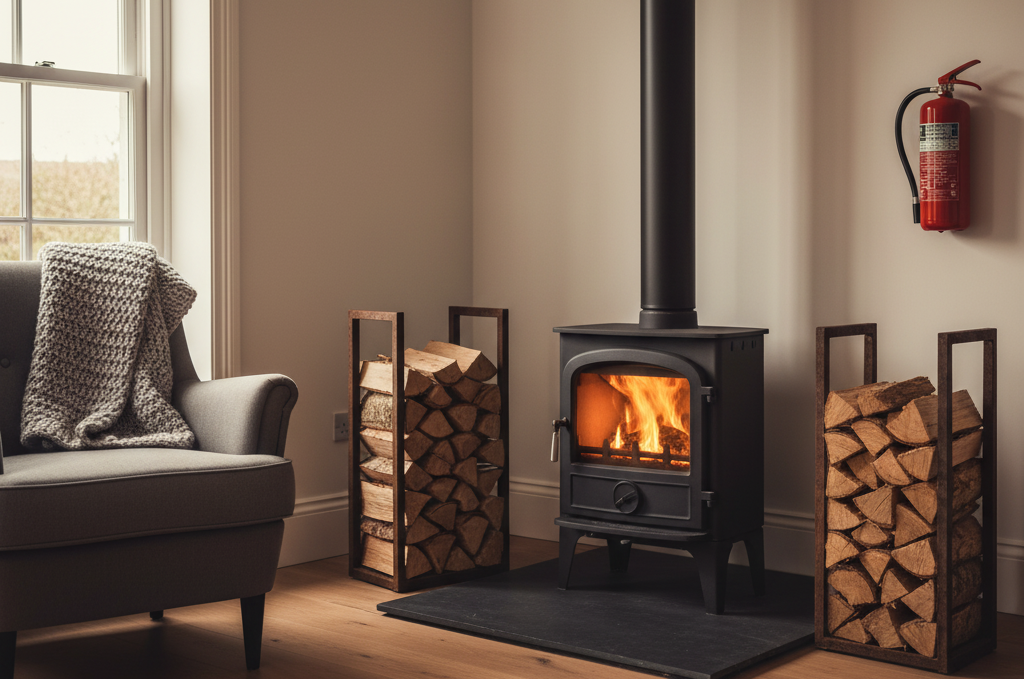
-
Never leave the fire unattended. Always extinguish the fire before going to bed or leaving the house.
-
Keep flammable materials far away. Furniture, blankets, and curtains should be at least 1 metre from the fireplace.
-
Use dry, seasoned wood. Wet or green wood produces more smoke, creosote, and increases chimney fire risk.
-
Install a sturdy screen. This keeps sparks and embers from escaping into your home.
-
Have your chimney cleaned regularly by a certified professional—especially if you burn wood frequently.
-
Close the damper once the fire is completely out and ashes are cold, to prevent heat loss and cold air drafts.
Safe Burning Practices
-
Build small, hot fires that burn completely. Avoid large or slow-smouldering fires that create more creosote buildup.
-
Never use flammable liquids to start a fire.
-
Stack wood loosely to promote good airflow.
-
Leave a small bed of ash (about 1 inch) to help insulate new fires.
Wood Stove Maintenance
-
Check gaskets and seals to ensure doors close tightly.
-
Replace worn parts like firebricks, baffles, or catalytic converters as needed.
-
Upgrade if needed. EPA-certified wood stoves burn cleaner, use less wood, and reduce risk significantly.
Gas Fireplaces
-
Have it inspected annually by a certified professional.
-
Never block air vents or cover the unit with decorations.
-
Keep flammable items, pets, and children at least 1 metre away.
-
If the glass is cracked—stop using it immediately and call a pro for service.
-
Follow the manufacturer’s instructions for operation and relighting the pilot.
Specialized Safety and Risk Mitigation
Programs for Vulnerable Calgarians
The CFD is dedicated to enhancing safety for all Calgarians.
Assistive Alerting Devices: The CFD offers a free assistive alerting devices program for eligible Deaf and hard-of-hearing Calgarians. These devices include visual warnings via flashing strobe lights, tactile warnings from bed or pillow shakers, and loud, low-pitched audio signals. To qualify, you must be Deaf/hard-of-hearing, live in Calgary, and be enrolled in a financial support program like AISH or reside in Affordable Housing.
Notifying Responders: Caregivers can also request door hangers and stickers through 311 to alert first responders that a person with hearing loss is in the home.
Safety in High-Rises and Secondary Suites
High-Rise Buildings: If you live in a high-rise, familiarize yourself with the building's evacuation plan. Always know at least two escape routes from every room. If the alarm sounds, never use an elevator; go directly to a stairwell.
Secondary Suites: Each bedroom in a secondary suite must have at least one window that can be fully opened and used to escape in an emergency. This window must be openable without the use of keys or tools.
Outdoor and Electrical Fire Hazards
Smoking Material: The improper disposal of smoking material is the leading cause of outdoor fires in Calgary.
Tip: Never put out cigarettes in flower planters, peat moss, or your garden. Use a deep, sturdy metal container filled partway with sand or water, and ensure all butts and ash are soaked before putting them in the trash.
Electrical Safety: Major appliances (like stoves, microwaves, washers, dryers) should be plugged directly into a wall outlet. Using extension cords with these can easily cause overheating and fire. If you notice discolored or warm outlets, or smell a rubbery odour, contact a qualified electrician immediately.
Gas Leaks: Propane is highly flammable. If you smell gas or suspect a leak, leave the area immediately, and call 911 from a safe place outside. Do not operate lights or phones while near the leak, as a spark can trigger a fire.
Practical Advice and CFD Community Resources
Using a Fire Extinguisher (The P.A.S.S. Technique)
While the goal is always to escape, a portable extinguisher can save lives if you catch a small fire immediately. This technique is for adults who are trained and who have a clear exit behind them.
P.A.S.S.:
-
Pull the pin.
-
Aim low at the base of the flame.
-
Squeeze the operating lever.
-
Sweep from side to side, moving toward the fire until the flames are out.
Crucial Note: Most extinguishers discharge completely in as few as eight to 30 seconds. Always call emergency services (911) even if you successfully put the fire out, for professional inspection.
Calgary Fire Department Resources
The CFD's four platoons operate out of 43 fire stations across the city. They offer more than just emergency services!
Fire Station Tours: You can book a tour at 32 Calgary fire stations to see the equipment and ask firefighters questions. Tours last about 30 minutes.
Household Hazardous Waste Drop-off: The CFD partners with Waste & Recycling Services to offer drop-off locations outside several stations for hazardous materials, including household batteries (but not electronic devices). Click [here] to find your Calgary hazardous waste drop-off location.
Free Salted Gravel ("Pickle"): Sandboxes outside several fire stations offer free salted gravel for citizens to use on their sidewalks to help manage ice and snow. Just remember to bring your own container!
Fire Hydrant Bylaws: Fire hydrants are critical for fire suppression. Remember, the law states you cannot park a vehicle within five metres of a fire hydrant.
Fire Hydrants: What You Need to Know
Fire hydrants are a critical part of Calgary's emergency infrastructure. The CFD relies on quick and unobstructed access to hydrants during a fire. Here's how you can help:
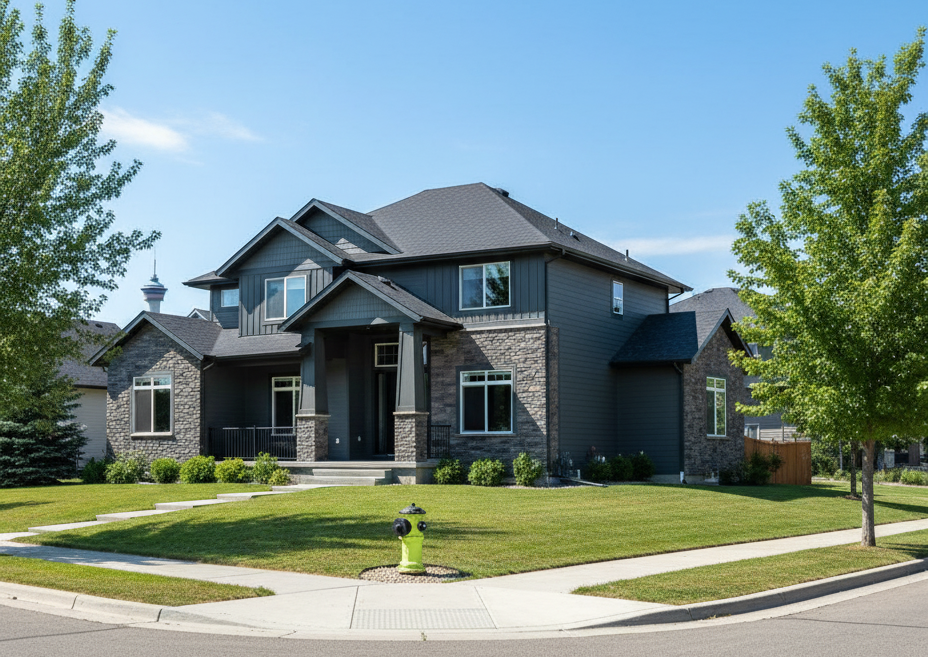 Parking Laws: Never park within five metres of a fire hydrant. This includes side streets, cul-de-sacs, and even in front of your own home. Blocking access can delay firefighting efforts and result in fines.
Parking Laws: Never park within five metres of a fire hydrant. This includes side streets, cul-de-sacs, and even in front of your own home. Blocking access can delay firefighting efforts and result in fines.
Winter Maintenance: If you have a hydrant near your property, help keep it visible and accessible. Clear snow and ice from around the hydrant so firefighters don’t lose precious time locating it.
Reporting Issues: If you see a damaged or leaking hydrant, or one that’s blocked or difficult to access, report it to 311 or via the City of Calgary website and click on "Fire Hydrant".
Explore City of Calgary Fire Hydrant Locations
View Hydrant MapCalgary Fire Incidents: Understanding Our City’s Risk
When it comes to fire safety, awareness is everything. The Calgary Fire Department responds to hundreds of calls every month — from kitchen fires and outdoor grass fires to hazardous material incidents. Each one tells a story about how quickly fire can spread, and how vital prevention really is.
The City of Calgary’s Fire Incidents Map is an incredible public tool that shows recent fire responses across the city. It helps residents see where incidents are happening, understand patterns, and recognize just how important preparedness is in every community — from downtown condos to suburban homes.
Use this map to explore current and historical incidents, and to learn more about how firefighters are working hard to keep our neighbourhoods safe.
Staying Vigilant, Staying Safe
Fire safety isn’t something you think about once a year — it’s an everyday commitment to protecting your home, your loved ones, and your community. As we wrap up Fire Prevention Week here in Calgary, take a moment to walk through your home, test your alarms, and review your escape plan. Simple habits can make the biggest difference when seconds count.
The Calgary Fire Department continues to do incredible work keeping our city safe, but prevention starts with us — the homeowners, renters, and families who make up this community. Every fire prevented means one less family facing loss, one less call in the night, and one more example of how preparedness truly saves lives.
If you take away one message from this guide, let it be this: plan ahead, stay alert, and never assume it won’t happen to you.
I’ve seen firsthand how quickly things can change — but also how preparation, teamwork, and awareness can turn a potential tragedy into a story of safety and resilience. Let’s all do our part to make Calgary a safer city, one household at a time. We've got this, Calgary.

Fire-Safe Homes Start With Better Plans
I tour a lot of Calgary homes, and the ones that stand out aren’t just beautifully finished—they’re thoughtfully prepared. Fire safety plans, working alarms, and smart upgrades like extinguisher placement, CO coverage, and proper egress design protect people and property. My approach is simple: pair expert real estate advice with practical safety guidance so your next move is a smarter, safer one.
Need a second set of eyes on your home’s readiness—or want a buying or selling plan that factors in safety, insurance, and long-term value? Let’s talk and map it out.
Dusko Sremac – Calgary & Area REALTOR® | Team Lead, REPYYC
Cell: 403-988-0033 | Email: dusko@repyyc.com

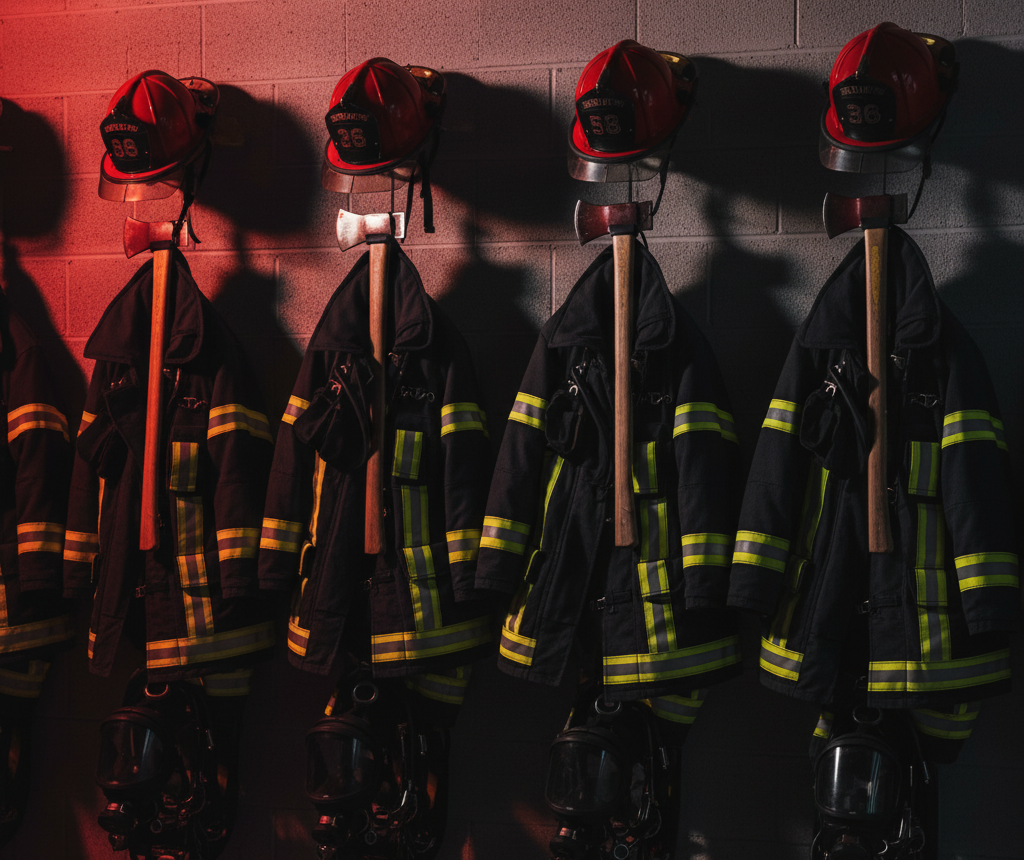
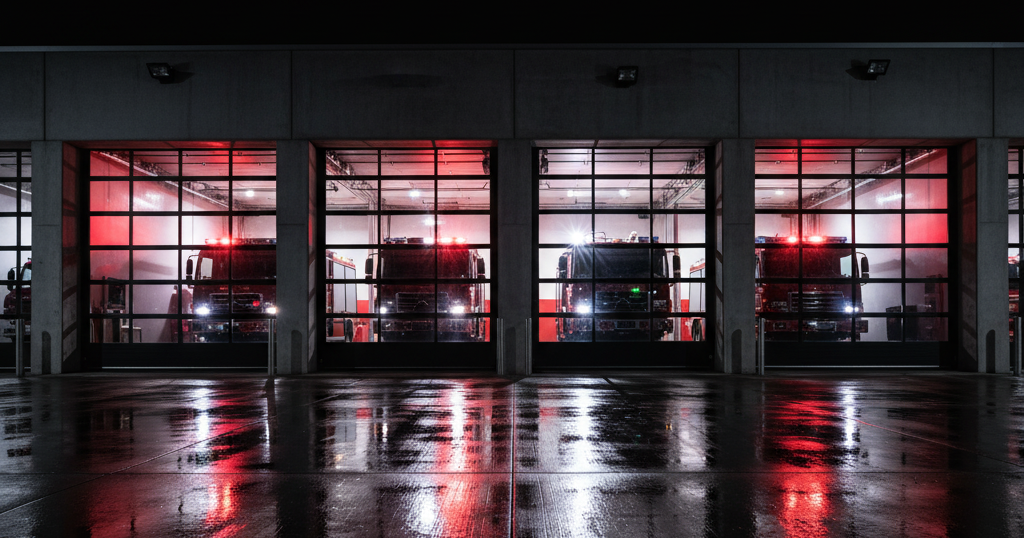
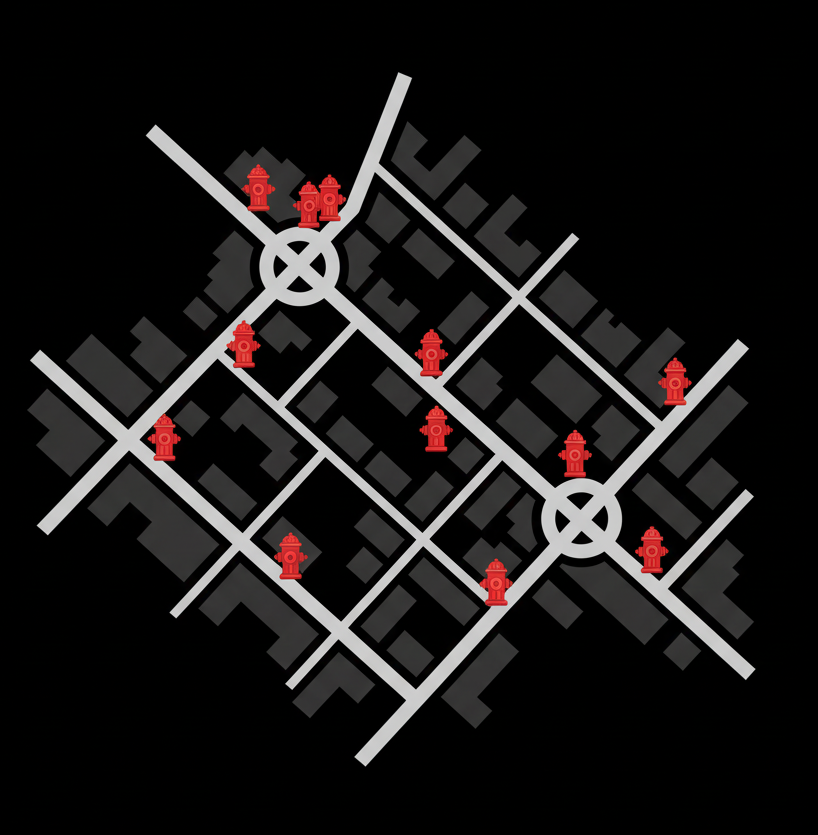
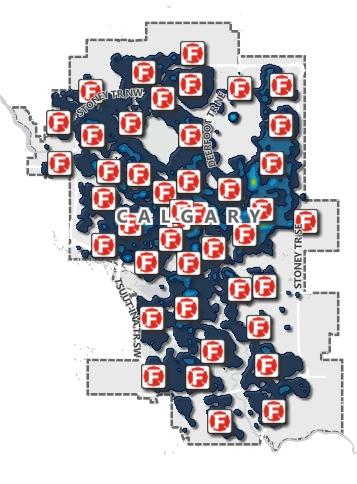
Leave A Comment